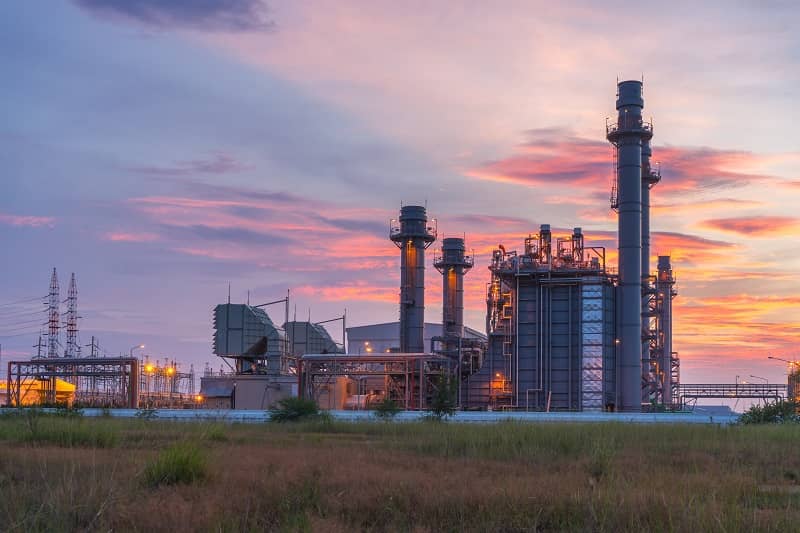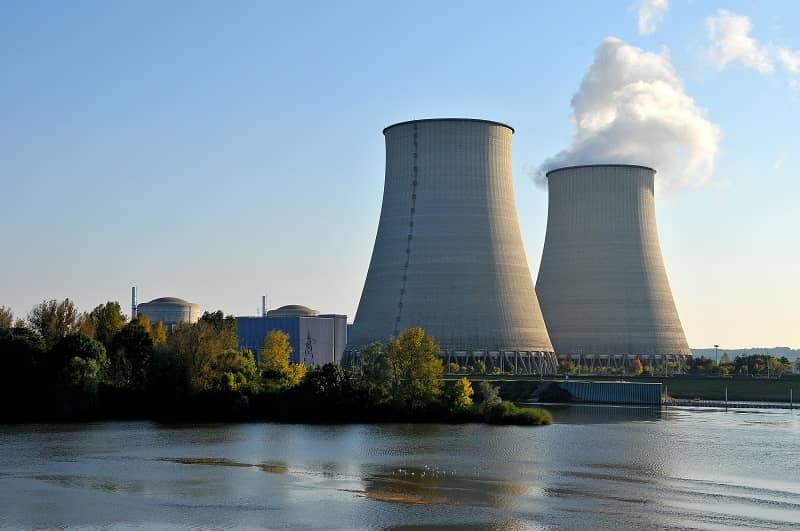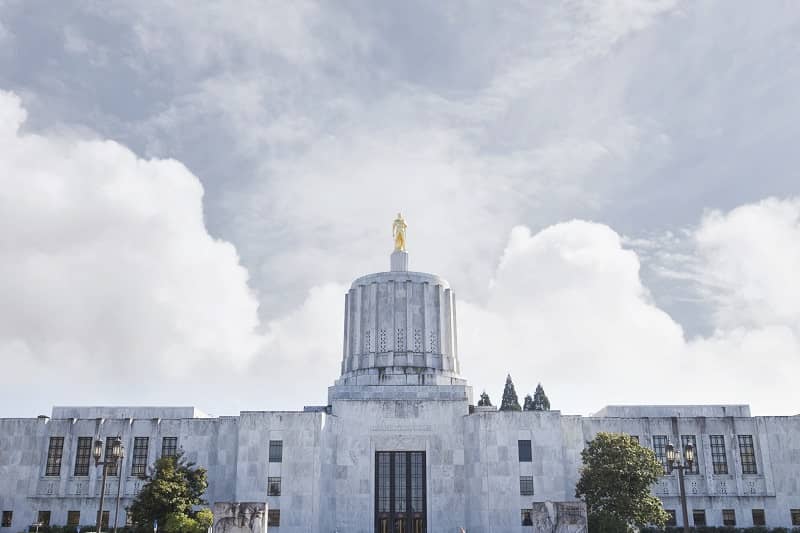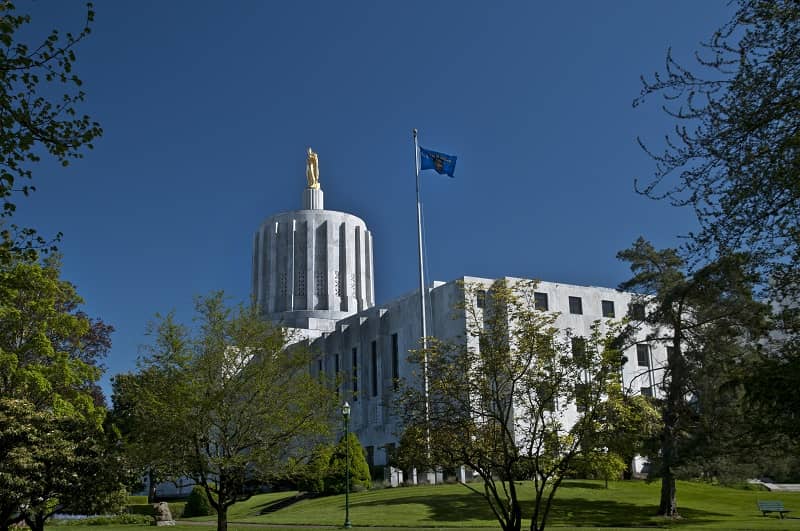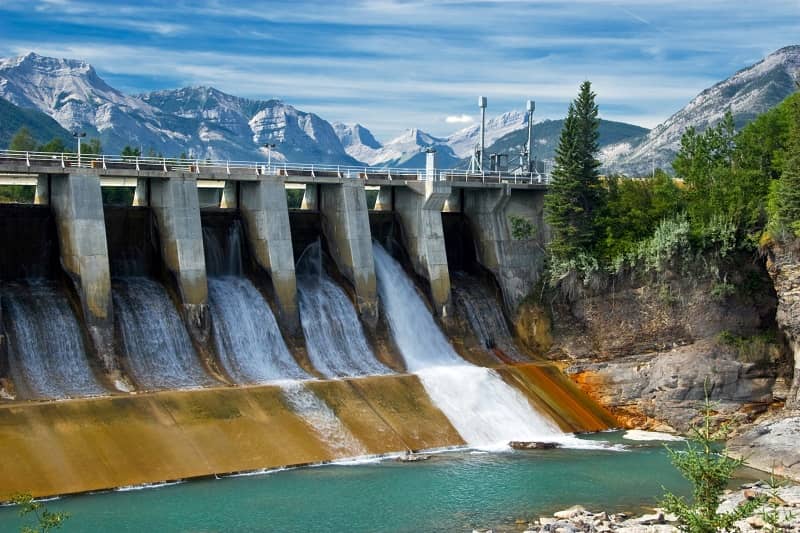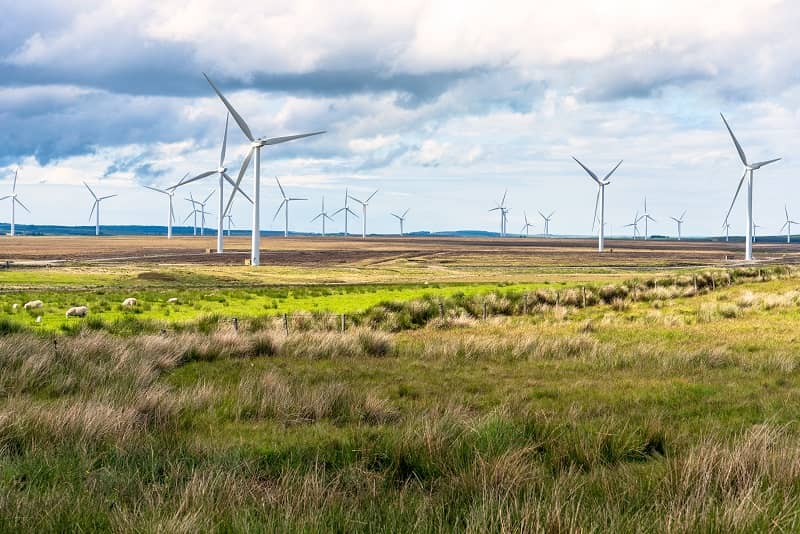

Summary
Several studies on global climate change fall short on empirical data, relying instead on speculative scenarios about the future and often utilizing flawed methodology.
Word count: 689
Last month the Institute for a Sustainable Environment at the University of Oregon published a report entitled, “The Economic Impacts of Climate Change in Oregon: A Preliminary Assessment”. The report was accompanied by an open letter to the governor, state legislators, and business leaders, calling for immediate action to reduce greenhouse gases in Oregon. The letter was co-signed by 50 economists, mostly affiliated with universities.
Because of the clever way the letter was worded, many journalists thought the report itself had been co-authored by the 50 economists. This clearly affected their perception of the report’s importance. For example, in its October 24th editorial, The Oregonian claimed the study had been written “by more than 50 Northwest economists…”, implying that further debate on the subject was unnecessary. As the editorial concluded, “It is now clear that denying the reality of global warming and pretending that change is unnecessary, or ‘bad for business,’ is a dead-end policy.”
The only problem is that none of the 50 economists are actually listed as authors of the report (no one is) and only 23 work in the Northwest. The economists cosigned the letter to the governor, but they did so with an explicit disclaimer: “As signatories, our endorsement of this letter does not necessarily imply our endorsement of the background report or related materials.”
This bit of deception by the economists is bad enough, but the report itself is much worse. It attempts to portray an image of academic seriousness by citing various statistics and official-sounding reports, but none of the data sources hold up to serious scrutiny. For example, I divided the report’s narrative into three general categories: statements that are speculative scenarios about the future; assertions made with cautionary disclaimers (i.e., waffle phrases such as “some scientists believe” or “the consensus view is”); and conclusions based on empirical data demonstrating causal relationships between two or more variables.
The scorecard is dismal: 25 speculative assertions about the future, 35 wafflephrases, and zero conclusions based on empirical cause-and-effect relationships.
A prime example of sloppy thinking in the report is the false claim that CO2 emissions in Multnomah County dropped to below-1990 levels during 2004. If the unnamed authors had actually checked the source of that factoid—Portland’s Office of Sustainable Development (OSD)—they would have discovered that it was quietly withdrawn last August after Cascade Policy Institute began auditing OSD’s report (see www.cascadepolicy.org/globalreport2005.doc). OSD admitted to a computational error, and Cascade demonstrated that the agency’s methodology was flawed anyway.
But the 50 economists apparently never even read the report; they cite New York Times writer Nicholas Kristof as the source, and Mr. Kristof twice wrote erroneous columns on the subject last summer because he allowed himself to be spoon-fed by OSD bureaucrats.
The University of Oregon report also includes a key analytical mistake by focusing only on gross emissions of CO2 in Oregon (known as “sources”), without acknowledging that terrestrial plants (referred to as carbon “sinks”) also take up huge quantities of carbon. In other words, they wrote about gross emissions rather than net emissions, in order to create a sense of public alarm. This is akin to declaring that a business must be going bankrupt because it has expenses, without bothering to check on revenues.
Because 98 percent of Oregon is open space, largely covered with vegetation, it’s at least plausible that Oregon is actually a net sink for CO2 rather than a net source. If that turns out to be the case—and it’s currently being calculated by a multi-state task force known as Westcarb—there would be no policy basis for Gov. Kulongoski to impose additional regulations on Oregonians, such as the costly California automotive emissions standards he is advocating.
Journalists have repeatedly shown a propensity for believing alarmist claims about global warming based primarily on computer modeling of the future. But the only thing that really matters for public policy is empirical data. If the evidence shows that Oregon is a net emitter of greenhouse gases and that reducing those gases would demonstrably make us better off, then policy makers should consider taking action. But that evidence does not yet exist.
Attention editors and producers:
Cascade Commentaries are provided for reprint in newspapers and other publications, with credit given to author(s) and Cascade. Contact Cascade to arrange print or broadcast interviews on this commentary topic.
Electronic text files are available online at www.cascadepolicy.org.
Please contact:
Jon Hadley
Production Manager
Cascade Policy Institute
813 SW Alder Street, Suite 450
Portland, Oregon 97205
Phone: (503) 242-0900
Fax: (503) 242-3822

